Recovery after orchiopexy
Although there are some differences between recovery in children and adults, you should expect some points after orchiopexy; It is typical to experience swelling and bruising in the sac of the scrotum. These symptoms may worsen initially, but they will gradually improve over the course of the next month. It is common to observe a slight amount of bleeding from the incisions located in the lower abdomen and scrotum during the first couple of days. Here we want to tell you, how to recover after orchiopexy? So, let’s go know about it!
Recovery after orchiopexy in children
After an orchiopexy, most children often experience fatigue and may need extra sleep for the following two to three days to aid in their recovery. For children aged 12 months or older, they can typically resume their regular activities within two to three days of the surgery. However, it is crucial for them to avoid any activities that may strain their abdominal or groin area. These activities may include tumbling, jumping, sprinting, lying on their stomach, and straddling toys such as a rocking horse, see-saw, swing, or tricycle. To prevent infection, it is essential to keep the affected areas clean. Before handling your child's bandages and incision areas, remember to wash your hands thoroughly with soap and water. While showering or sponge bathing your child is acceptable, it is advisable to avoid bathing them in a bathtub for approximately a week. It is important to note that every child's recovery process is unique, and the time it takes may vary. Follow the instructions provided by your healthcare provider to effectively manage your child's pain and discomfort.
Recovery after orchiopexy in adults
The recovery after orchiopexy for adults involves several stages aimed at ensuring healing, reducing discomfort, and restoring normal activities. The specific timeline may vary based on factors such as tthe surgical technique and individual health. After the surgery, which is typically done as an outpatient procedure, immediate recovery involves managing pain and swelling. It is important for patients to rest and gradually increase their activity levels to prevent blood clots. Proper care of the incision site dressings is necessary for optimal healing. During the first week, pain and discomfort decrease, allowing patients to cautiously increase their activity levels. Follow-up appointments will monitor the healing of the incision, and orchiopexy stitches or sutures may be removed. As time goes on, swelling continues to decrease, enabling patients to gradually return to their normal routines while avoiding strain on the surgical area. If fertility concerns are present, semen analysis may be conducted to assess sperm quality. Long-term recovery involves ongoing follow-up appointments to track progress and address any concerns. Over time, the scar from the incision will fade. Although this recovery timeline provides general guidance, individual experiences may vary. If severe pain, swelling, fever, or signs of infection occur, immediate medical attention should be sought. Ultimately, recovery from orchiopexy is a comprehensive process that requires adherence to medical instructions, close communication with healthcare providers, and patience as the body heals. By carefully following post-operative guidance and promptly seeking medical attention, when necessary, individuals can facilitate a successful and smooth recovery after orchiopexy.
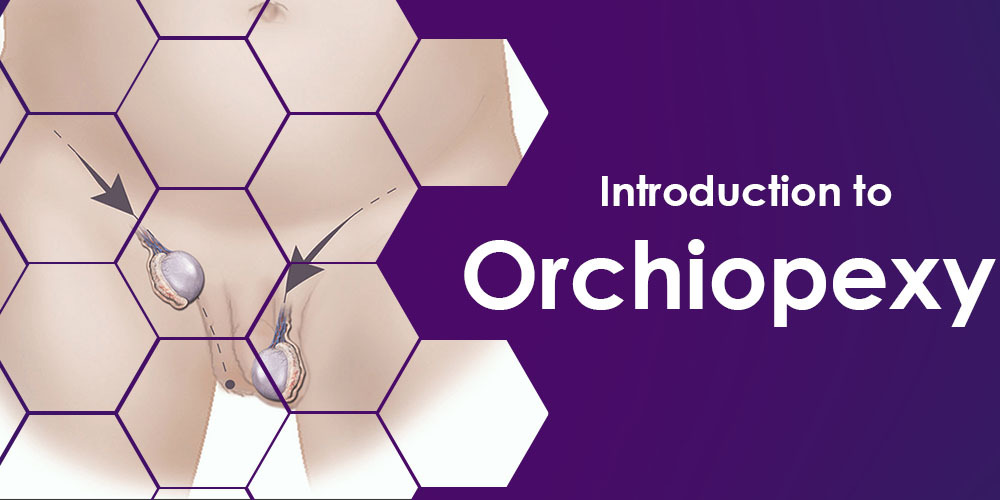
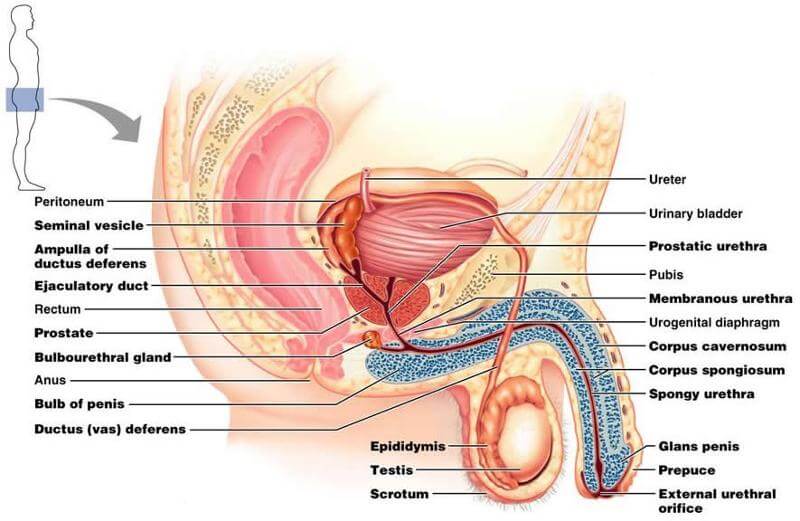
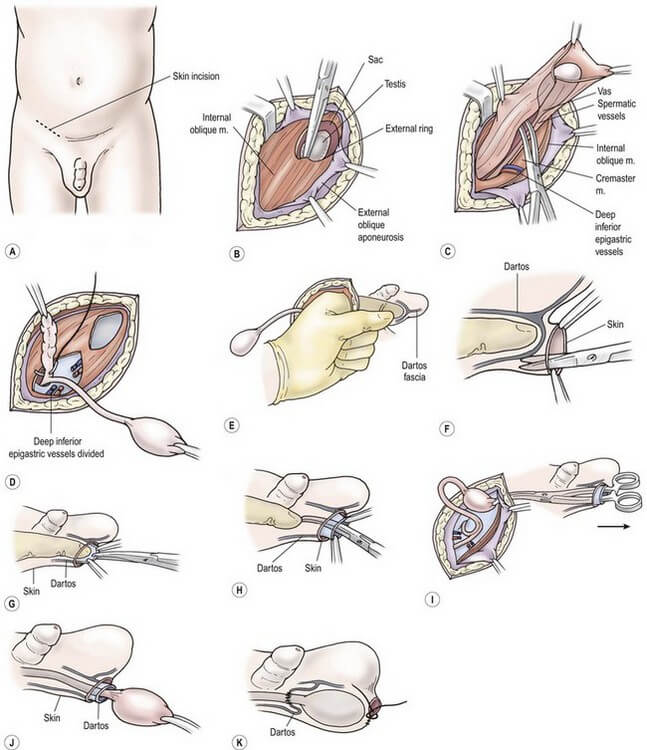
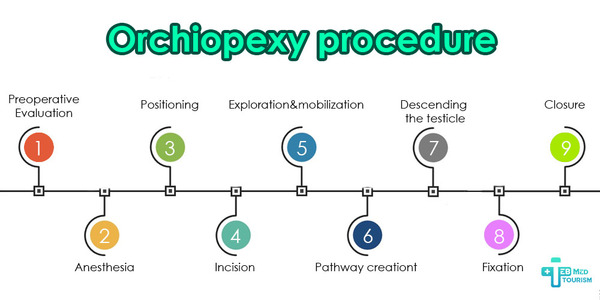
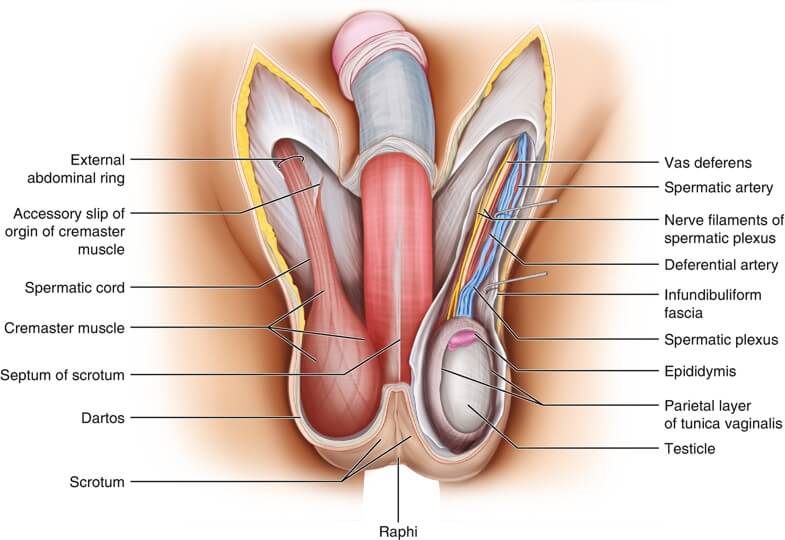
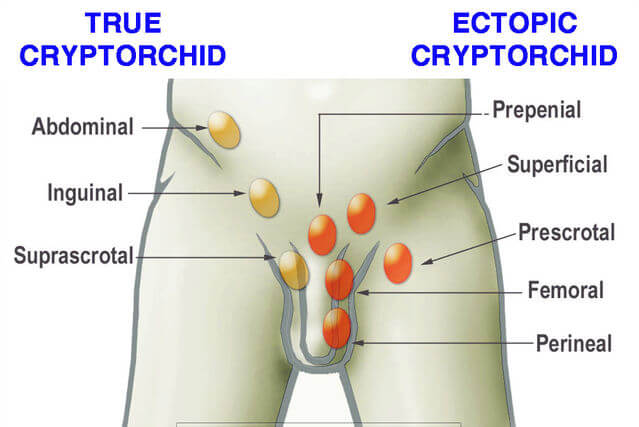
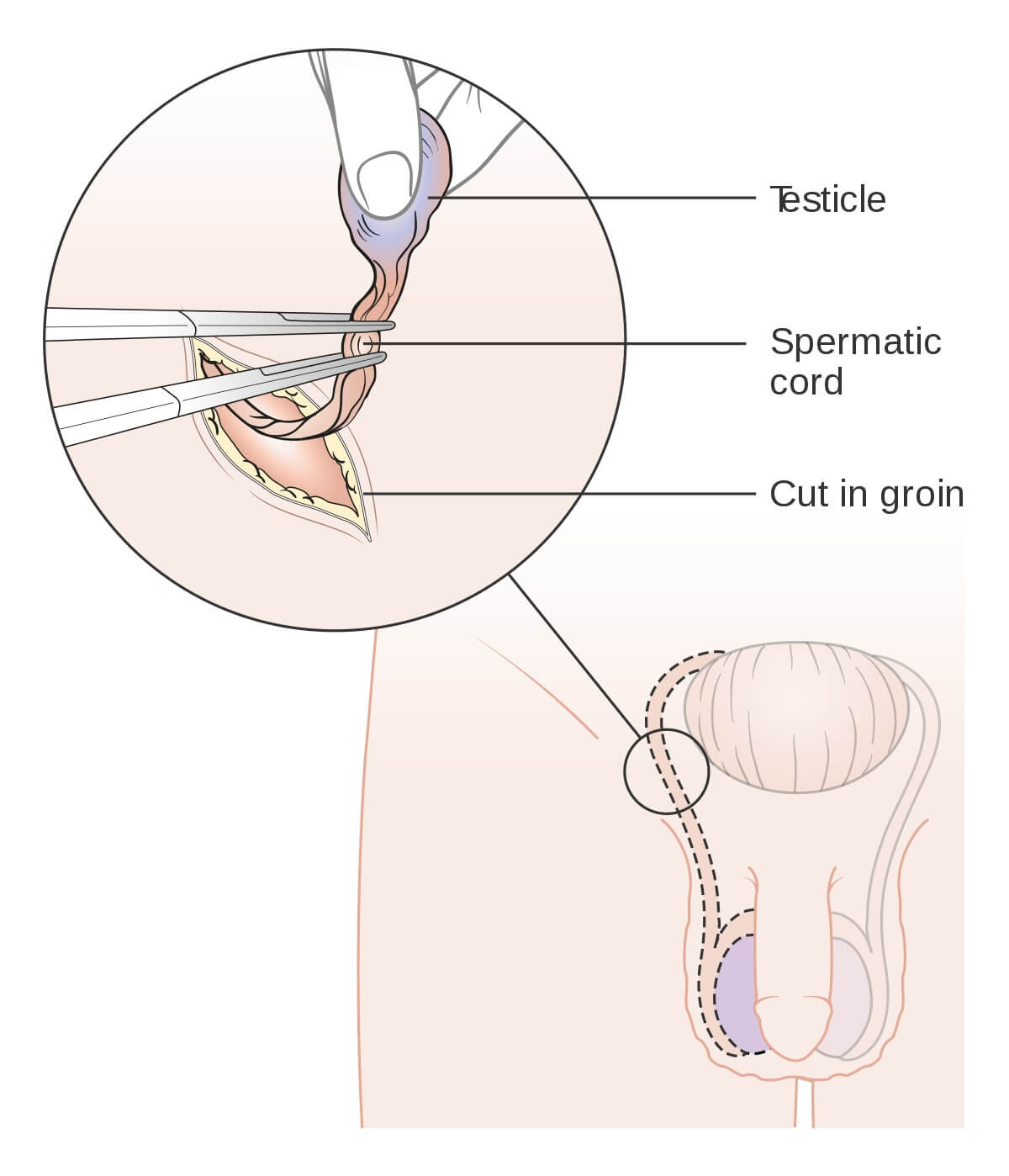
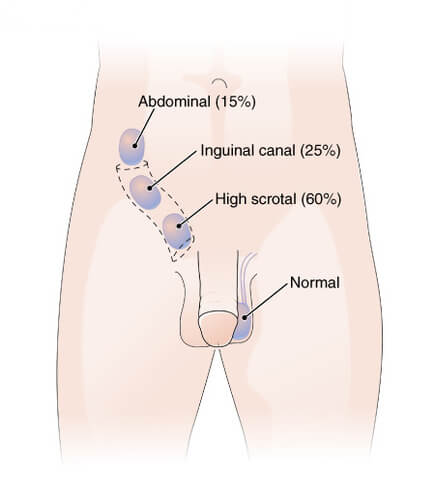
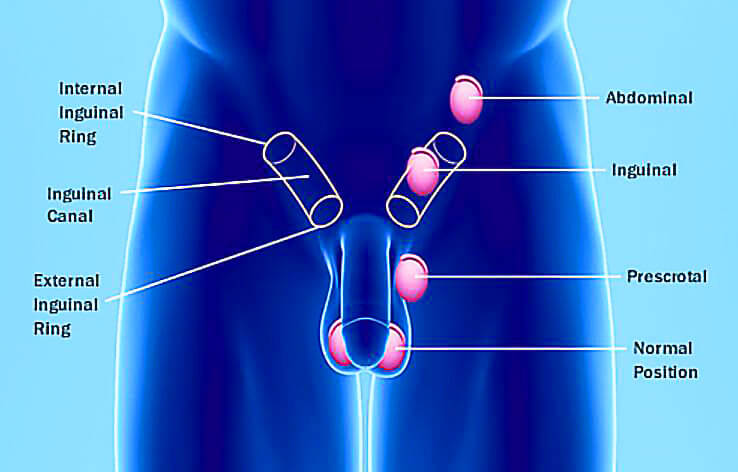


Comments & Questions